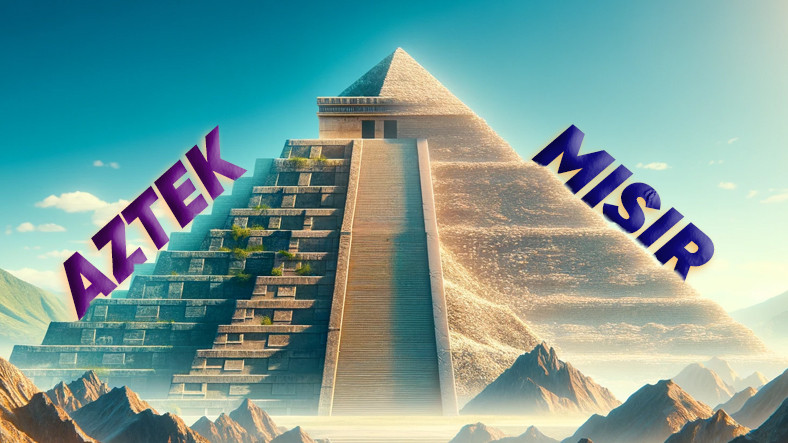Although some people don’t accept it, the explanation for all this is collective unconscious It is defined by . Some use this concept pseudoscience Some consider it a compelling explanation for how people behave.
“What are the facts about the collective unconscious? Can this explain human behavior?” to the topics those who are concerned We may include it in our content. You may be able to fit some pieces into place more easily.
How could Aztecs and Egyptians build the same structure?
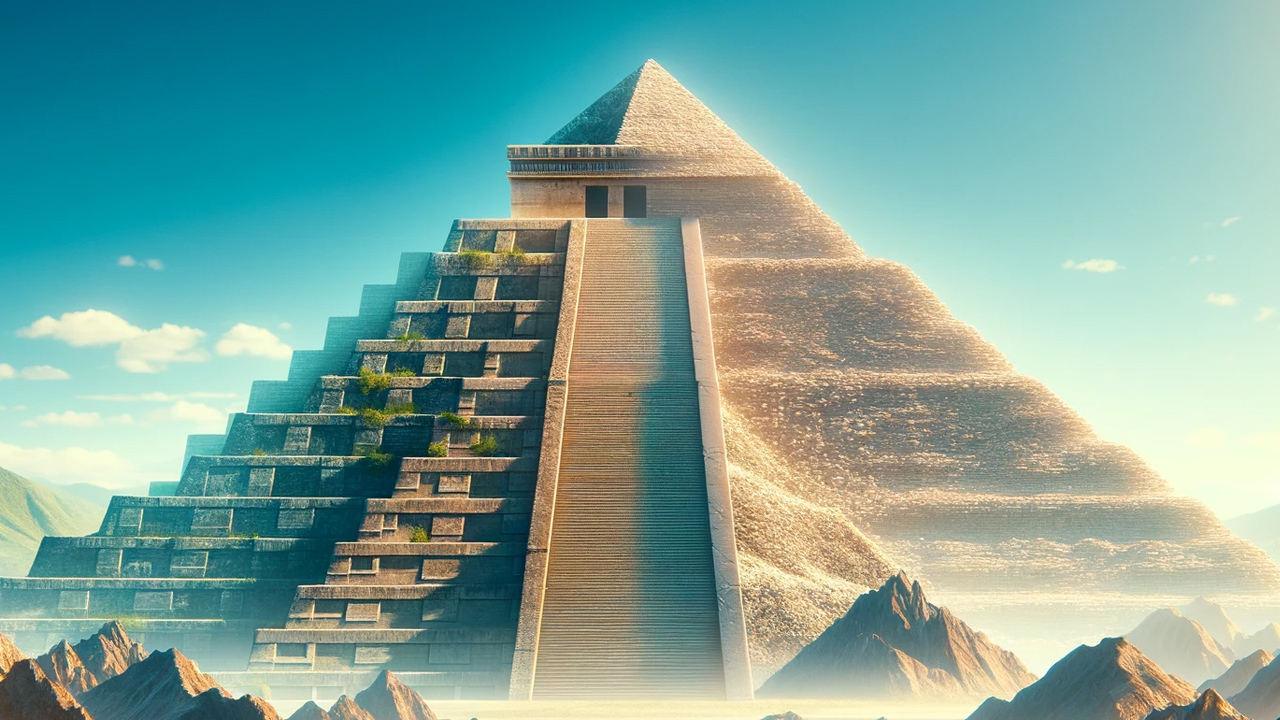
Looking at the Pyramids of the Sun and Moon, built by the Aztecs about 2500 years ago, and the Egyptian Pyramids, built by the Egyptians around 2600 B.C.?” The question comes to mind. This is actually explained by the collective unconscious .Because both civilizations do not need to be aware of each other to build similar structures.
The concept of collective unconscious does not only apply to humans.
The beaver you see in the video is raised at home. Building a nest is in their nature. Even though it cannot find pieces of wood as in nature, it forms its instinct to build a safe nest according to the conditions it belongs to. The explanation for the imitation in the video of the beaver, who has been unaware of such behavior from his family since birth, is the collective unconscious.
Now let’s go to our topic and start everything from the beginning.
Man needs meaning.
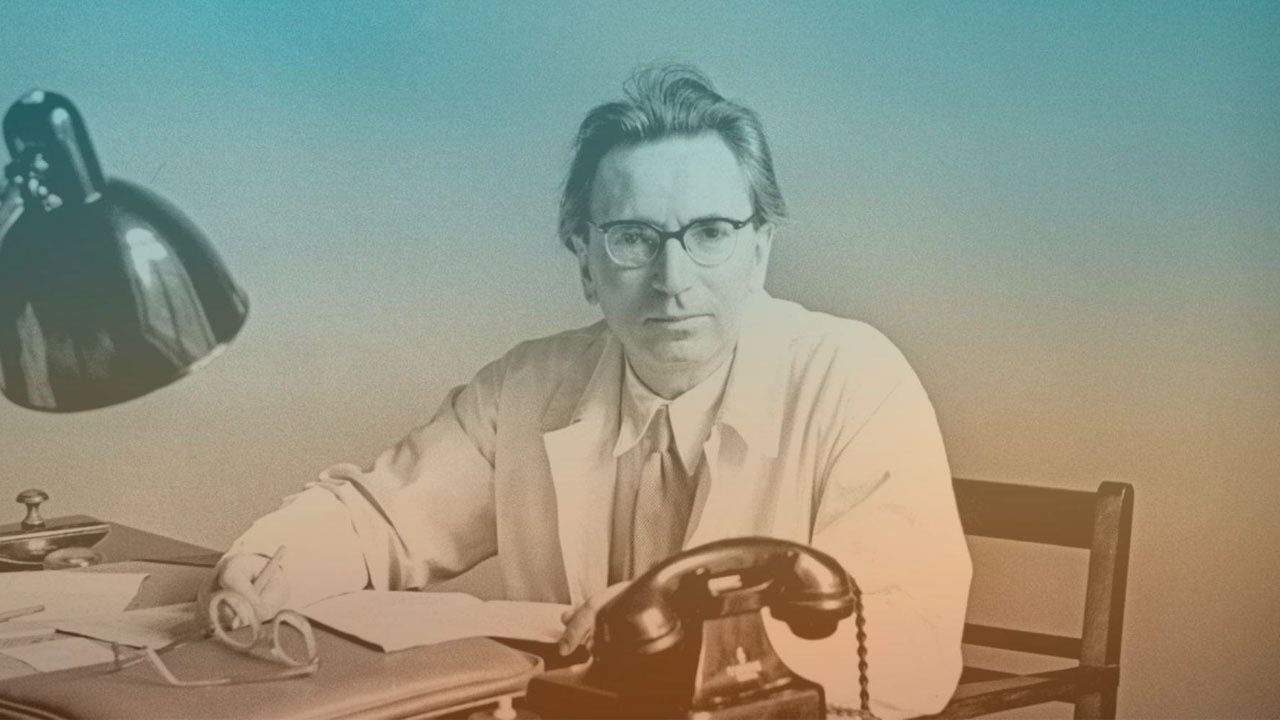
As existential psychiatrist Viktor Frankl suggested: we humans to find meaning or give meaning We have an innate need for it. Just as we need to eat or drink water, have sex, have shelter, love and be loved, we also need ‘meaning’.
For example, we can now explain thunder scientifically. But our ancestors thunder, anger of the gods It was defined as.
If we feel that we cannot understand some psychological and physical events, we essentially have no explanation or explanation available. captures the legend and we stick to it. In this way we eliminate the fear of facing the unknown.
Carl Gustav Jung, father of the collective unconscious, who revealed the tangible form of meaning
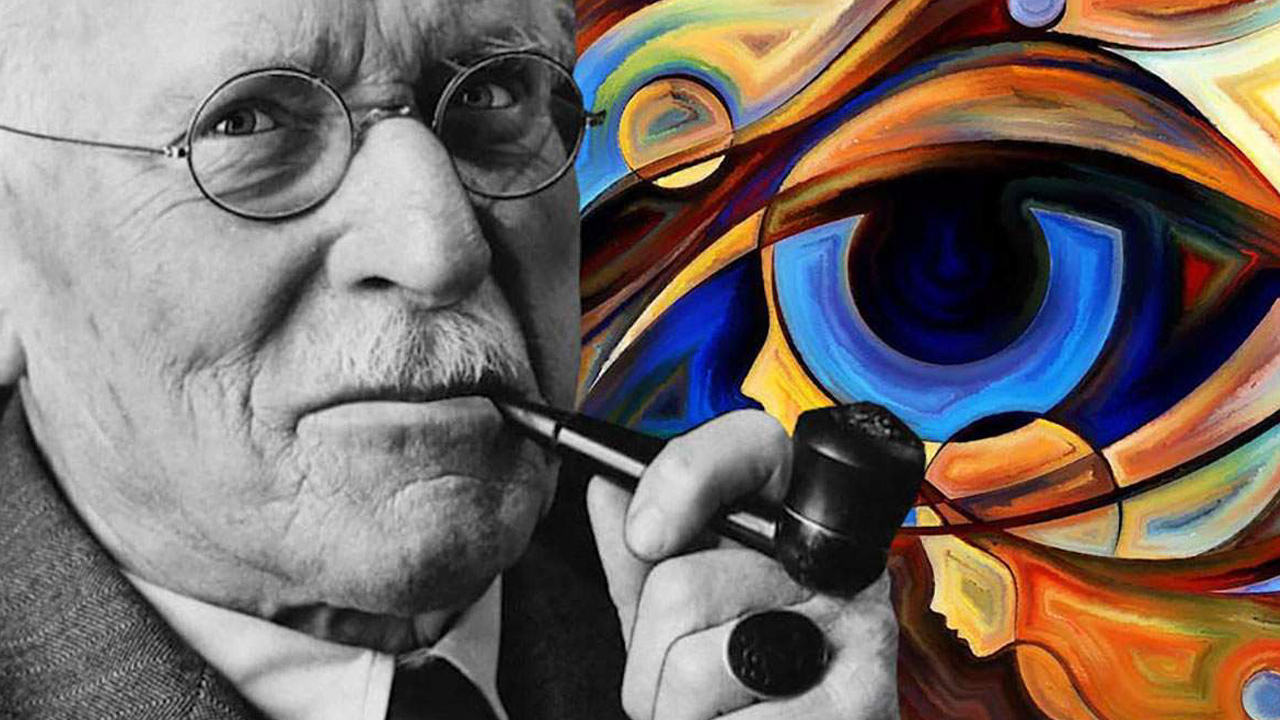
Carl Gustav Jung, born 1875 He was a good friend of Sigmund Freud and was a pioneer in the field of psychology. analytical psychology Jung, who broke away from Freud to develop his own school of thought known as AD, explored the relationship between the conscious and unconscious elements of the mind.
Jung; the collective unconscious, which has accumulated since the birth of the species and is genetic and psychological passed on from generation to generation He described it as a vast storehouse of human knowledge, instinct, memory and experience. The collective unconscious is therefore not derived from personal experiences. of the collective experiences of our ancestors is formed.
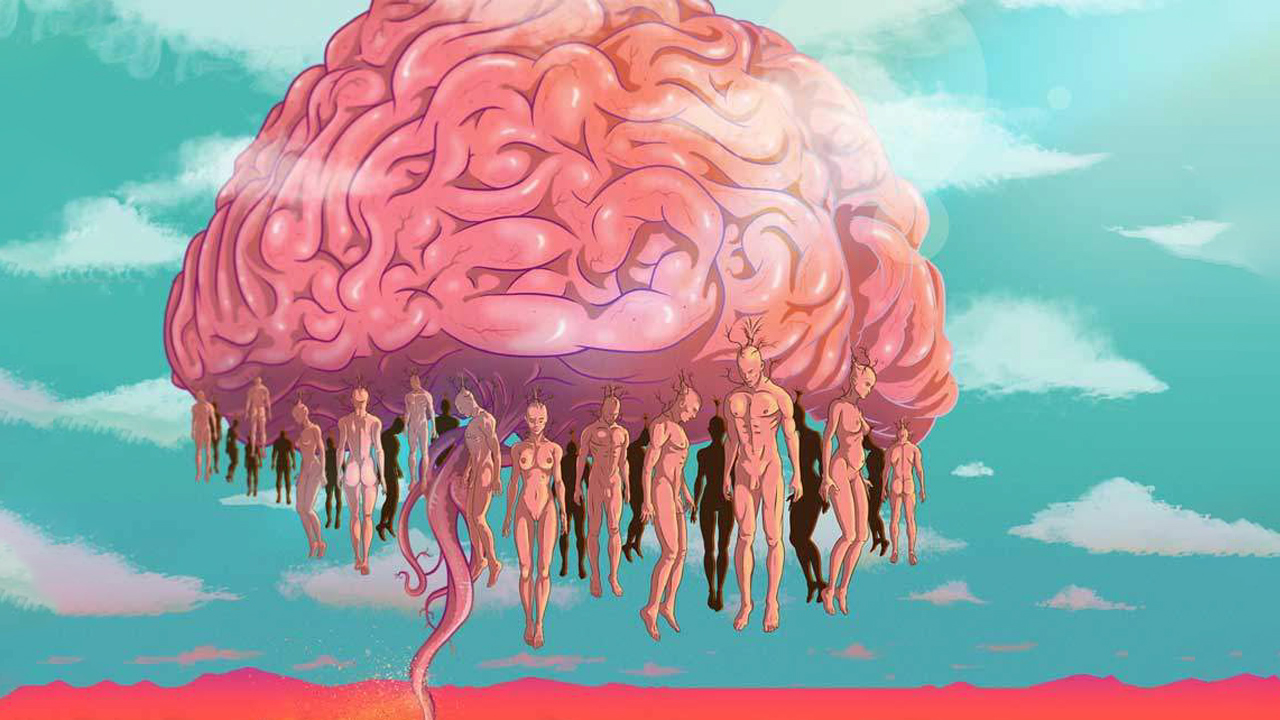
The collective unconscious, the deep source of innate wisdom and knowledge, Just like the internet, it unconsciously connects us all. In this way, striking similarities arise in the art or architecture, cave paintings, religion and petroglyphs of unrelated individuals, tribes or civilizations.
Dr. Although Jung was ridiculed by many people when he explained this idea, he believed that concepts such as god live in us, as well as the phenomena that claim that we communicate with UFOs in the past or present. idea of archetype It makes more sense.
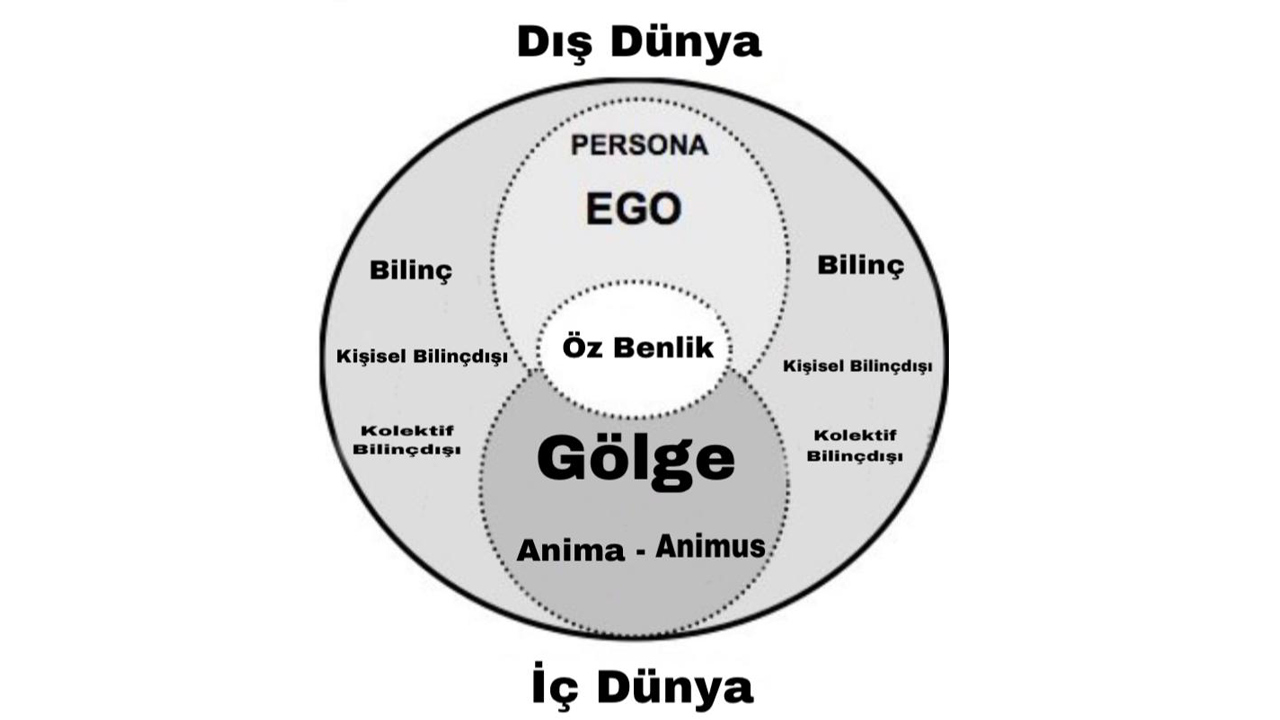
When you examine the archetypal examples given to the collective unconscious, Dr. Jung’s question to this day is, “How does it happen?” You can see it answers a lot of questions we ask. This extends to infinity, because the number of typical situations in our lives will be equal to the number of archetypes. However, Jung mentioned the most important ones: Persona, Anima or Animus, Shadow and Self.
Persona: Actually, we protect our interests from the outside world with the mask we wear.
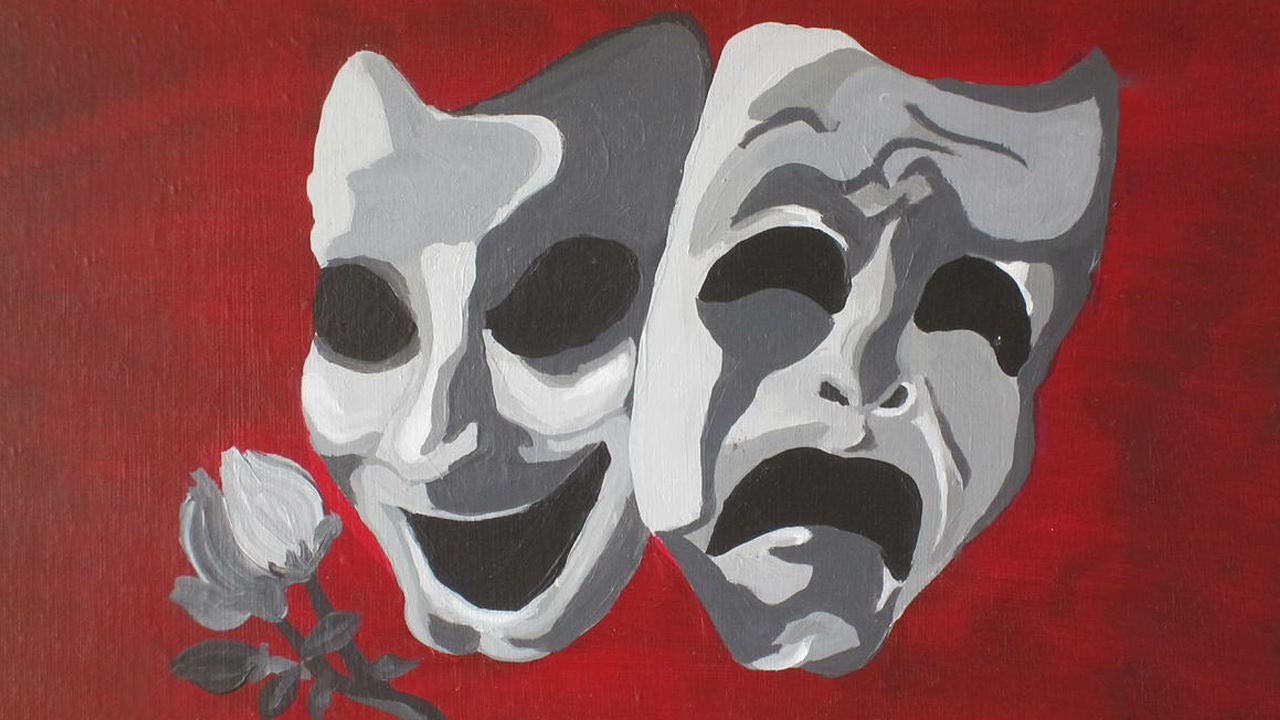
The word persona comes from the mask that theater actors wear when portraying different roles. The meaning of the word describes the situation exactly. Persona in analytical psychology; A person experiences a character that is not himself It means. In other words, the person actually wears a mask and identity to the outside world to gain the approval of society.
Persona becomes necessary for us to survive. Get along well with people, Even if we don’t like them, it is necessary to treat them more kindly to protect our interests and achieve success.
Most people use this mask at work and take it off when they get home in the evening. In the dual life, one life is dominated by the persona, and the other is life in our inner world. Generally Prioritize community demands Persona includes professional titles, roles, and social behavior habits.
Anima and Animus: Representation of masculinity and femininity within each person.
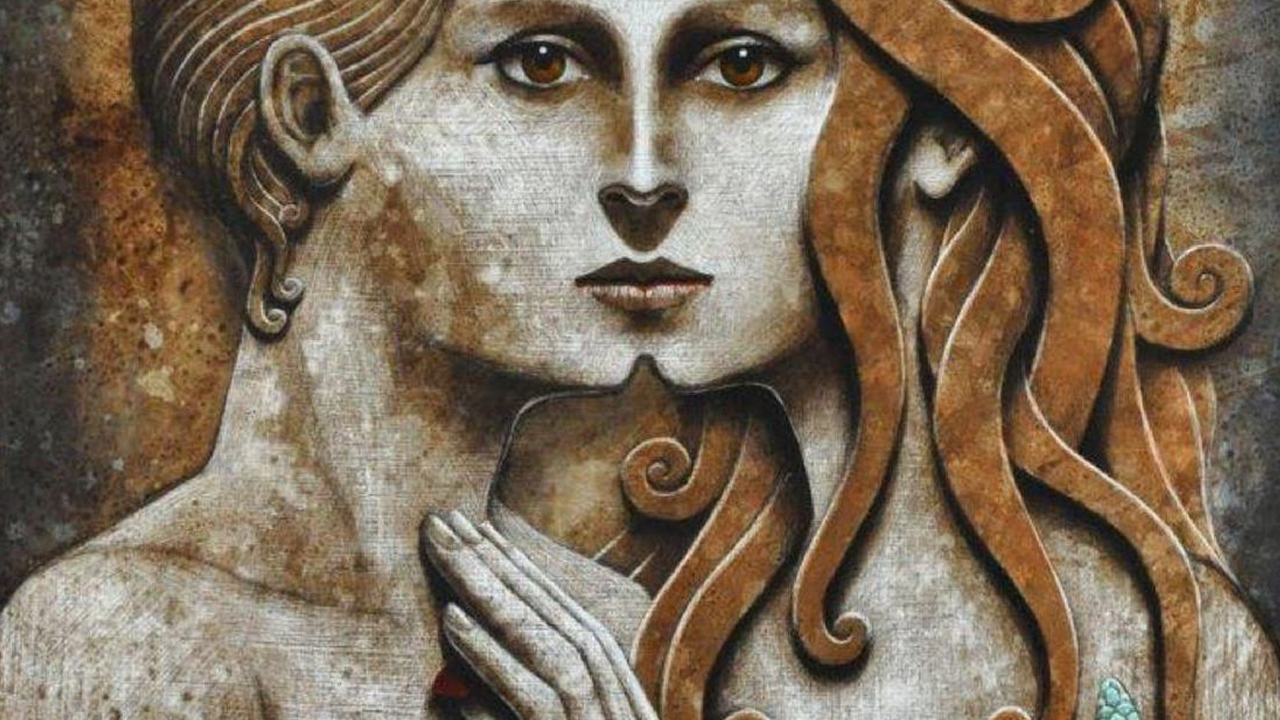
Sometimes people tend to complement the qualities they lack. This is usually a personality and often takes on characteristics of the opposite sex. animation, femininity in men while animus represents the masculinity in the feminine soul.
For the man, the anima is on the one hand connected to the mother, and on the other hand the image of the unconscious feminine side of male nature. This is too ideas about the ideal woman It also carries. For women, animus is the ideal man (father, partner) and It is the image of the repressed male part of the personality.
These concepts, which usually first emerge through reflection, “Love at first sight” example can be given. In this case, the explanation of the archetype is that a man projects his anima onto a woman, or a woman projects her animus onto a man, resulting in attraction.
Shadow: Where our unpleasant qualities hide.
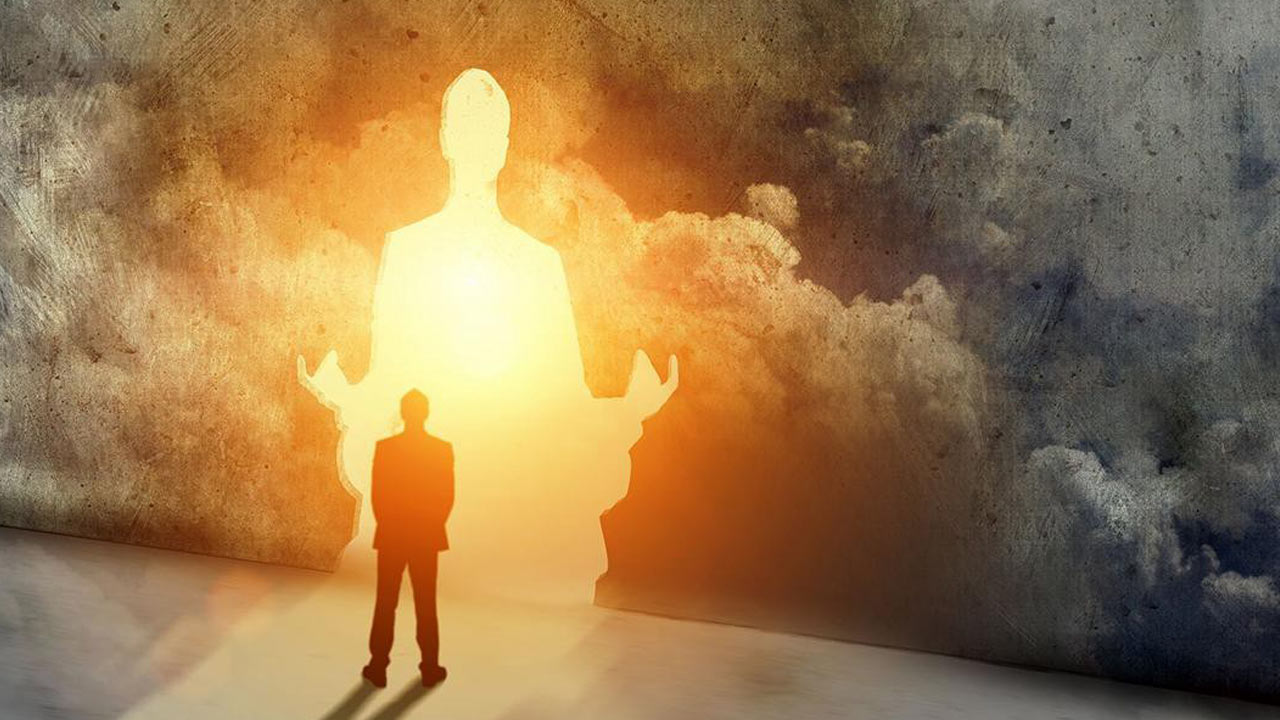
All of our objectionable traits that we want to deny, including the animalistic tendencies we inherit from our ancestors, fall within this archetype. Shame, fear, jealousy and guilt The more you are unaware of the shadow, where these kinds of qualities are hidden, the darker and denser it can be.
The shadow is not only negative, but also provides the principle that every aspect of the personality has a compensating counterpart. Although interacting with our shadow can be a challenge For a balanced personality Matters.
Symbols of the self can be anything that the ego recognizes as a whole greater than itself.
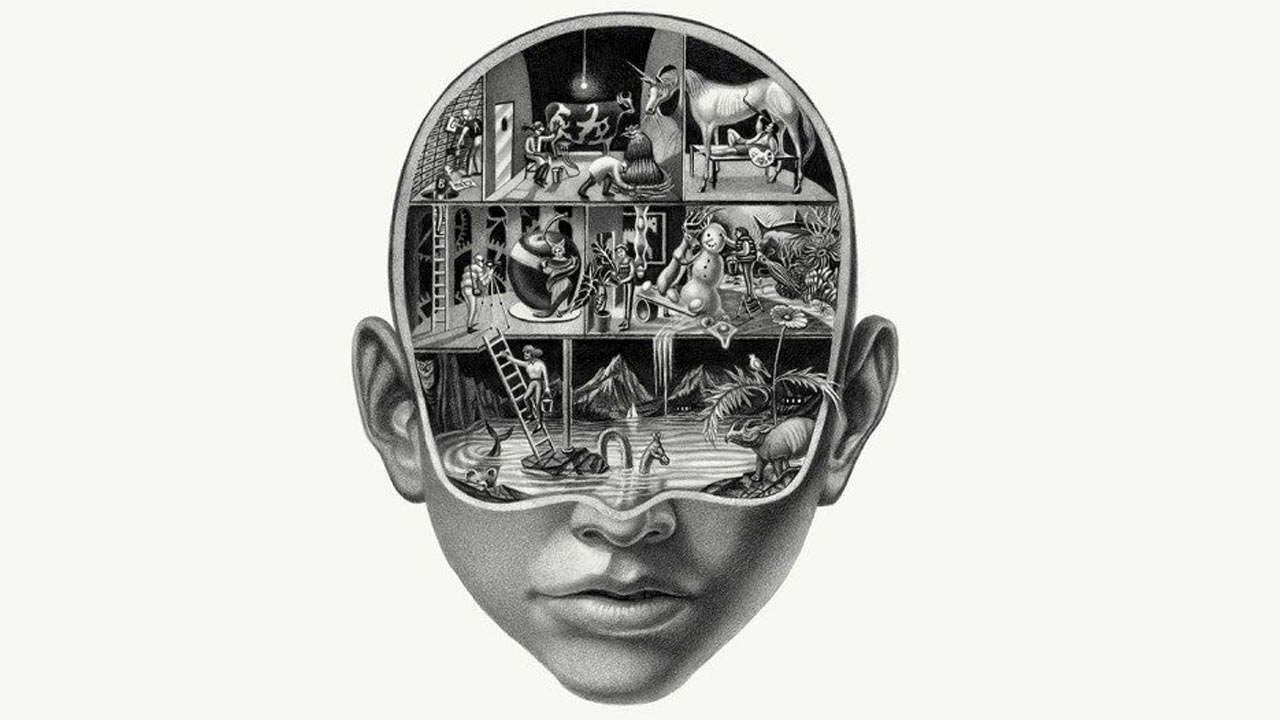
Another important archetype, the self; It is who people are at their core, who they try to embody, and that makes them unique. According to Jung The ultimate goal of every individual is to achieve a state of self.
After a specific action that Jung calls individuation, the self becomes the center of the entire personality structure. Moreover, according to Jung, the self exists the embodiment of our natural religiosity and unconsciously improves one’s inner harmony.
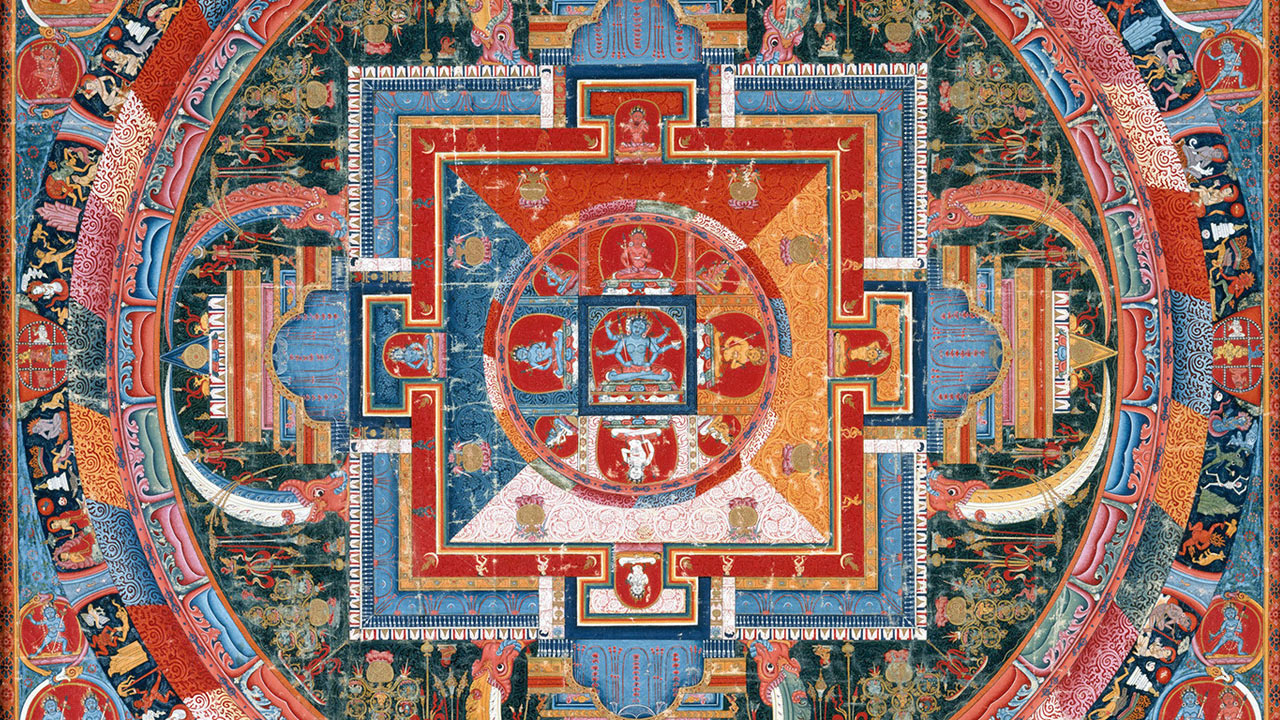
Mandala is one of the important symbols that represent the self. The mandala symbolically represents the effort or need to achieve wholeness. According to Jung, it is also the symbol of the center of the personality. It refers to fire, water, earth and air, the four directions or the Virgin Mary.
In the same way ethics It also points to collective understanding. Even though we live in different cultures, moral rules such as theft, honesty and murder remain fundamentally consistent.
In addition to these important archetypes, there are others Our meaninglessness becomes meaning.
People often have similar dreams.
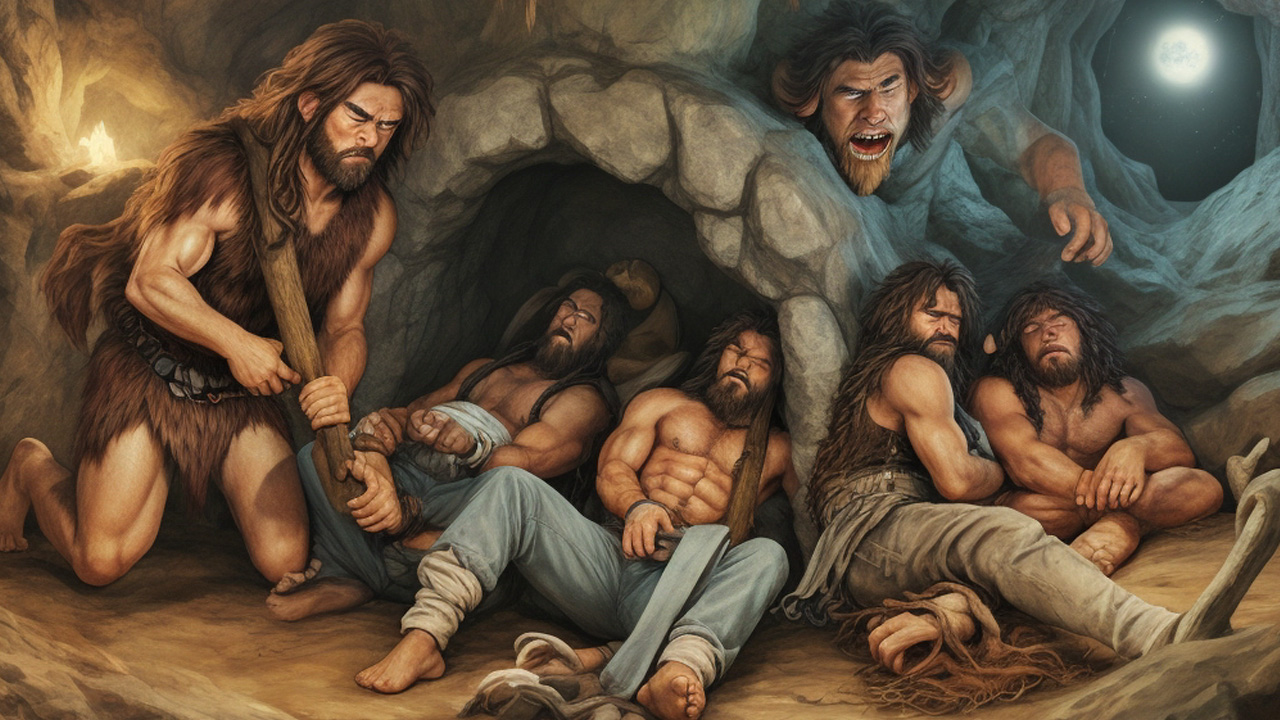
Jung believed that dreams were a window into the collective unconscious. People who are not in a relationship with each other The explanation of how you react in the same way are dreams according to the collective subconscious.
For example, if we dream that we are being chased by an unknown person, this dream is probably a sign that we have inherited from our ancestors. It reflects the general fear of danger.
The collective unconscious is also included in the explanation of common rituals.
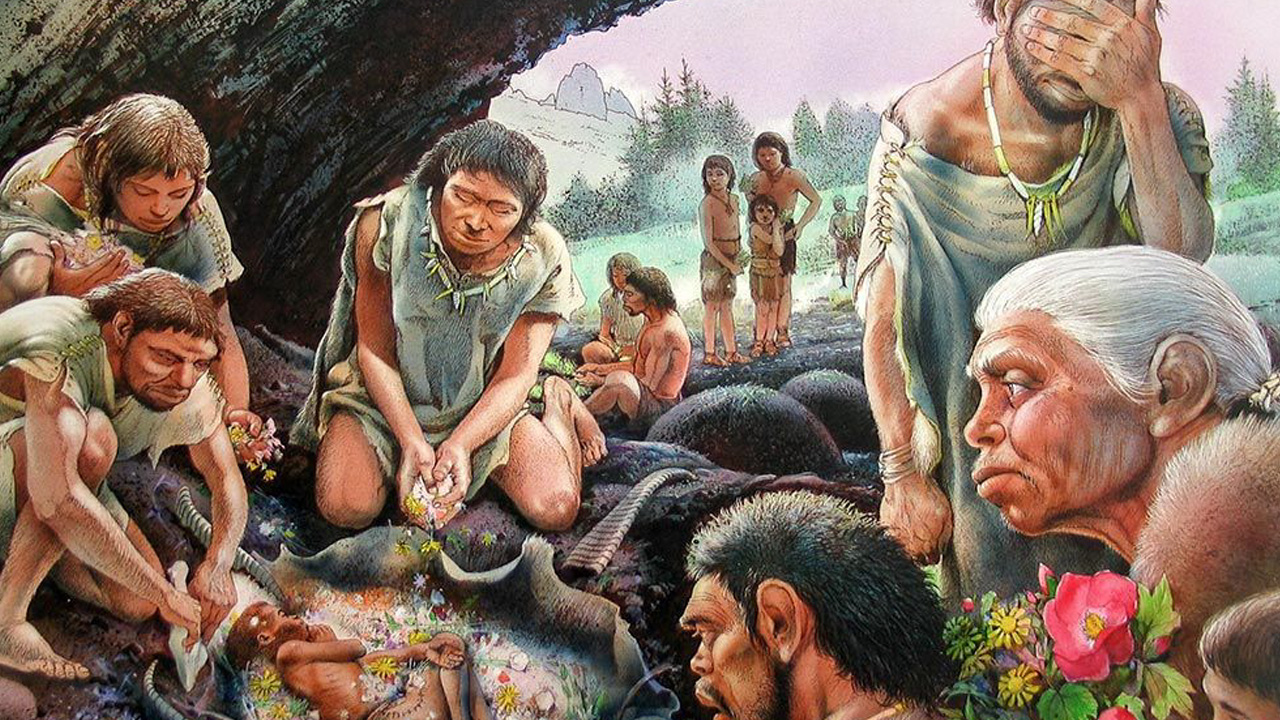
Some rituals, such as death and birth, contain similar symbols across cultures. In Indian and African cultures tradition of cremation just as. This actually points to a common understanding of death.
Shared emotions are also expressed in art.
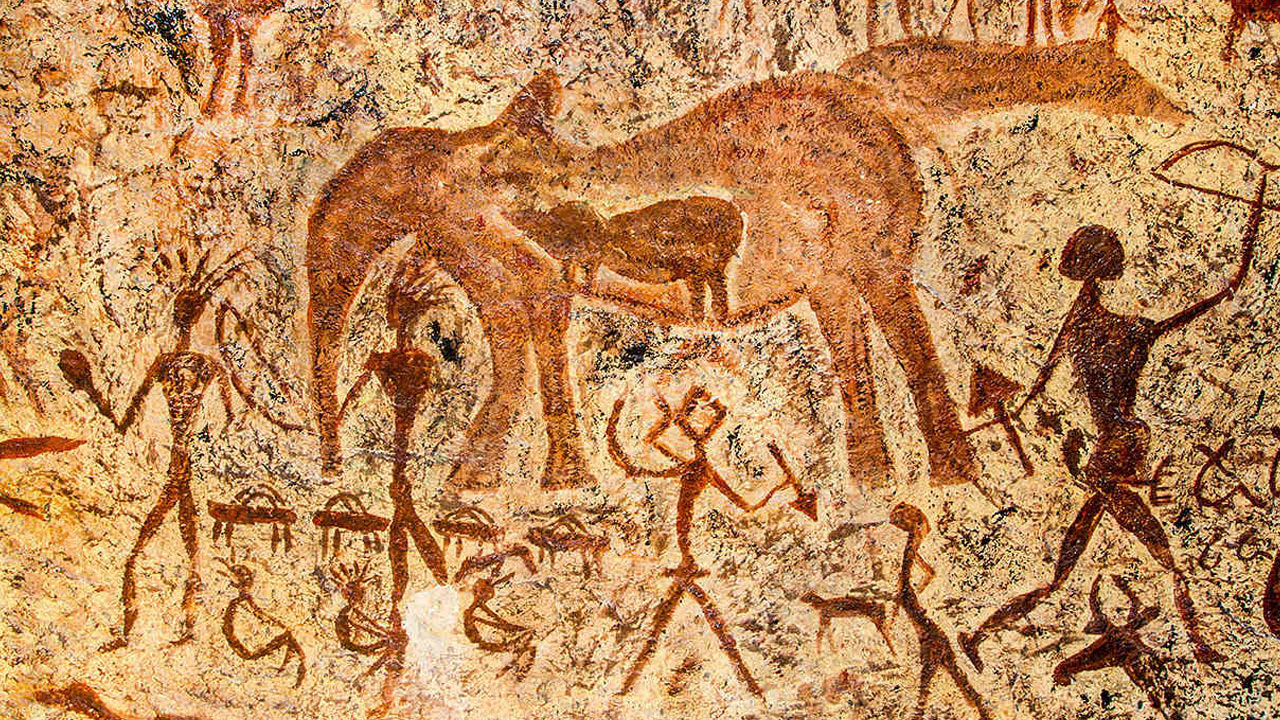
Many emotions, such as joy and anger, are also explained as universal human experiences that tap into our collective unconscious. When we feel fear or love You may think that other people probably feel the same emotions in a similar way.
Artistic expressions such as sculpture, music and painting are common symbols such as love, pain and joy It’s laying down. This is an indication that everything from art to emotion is charged with the collective unconscious.
It has been interpreted in many ways, from a harbinger of danger to a symbol of knowledge and rebirth. snake symbol Many repeated symbols, such as, imply a common stream of thoughts.
Many of the legends share similar characteristics.
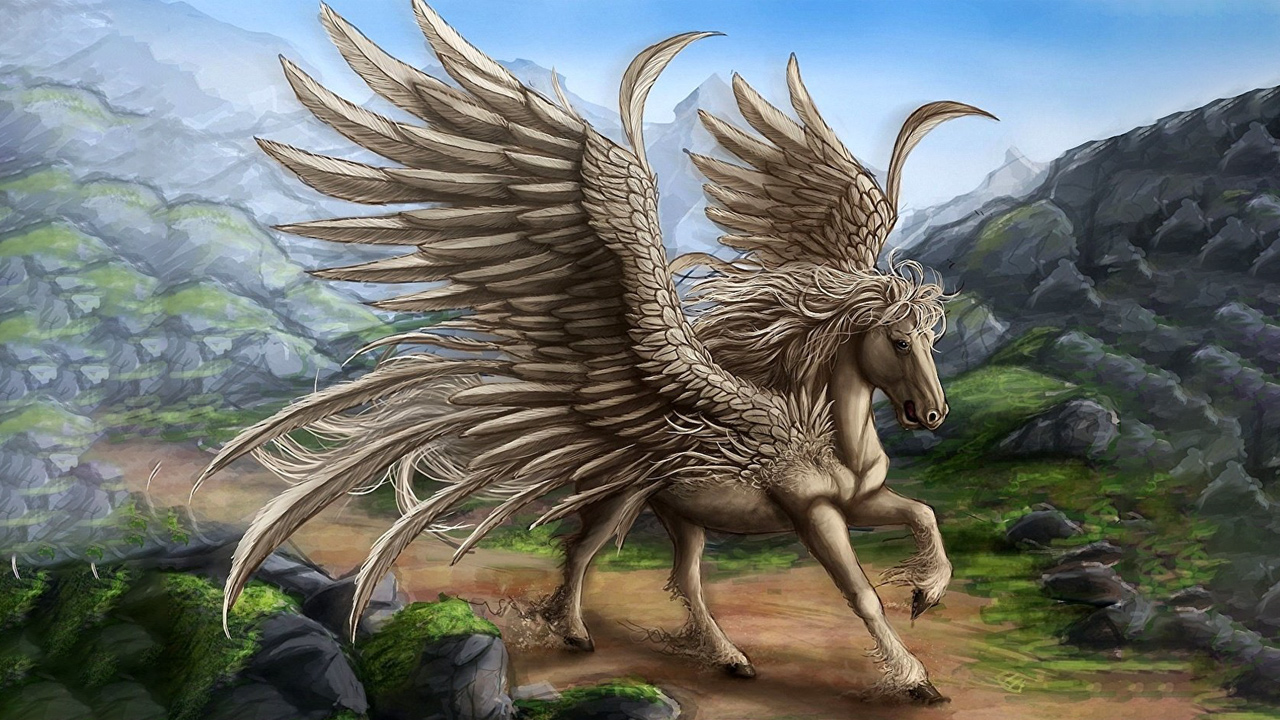
Whether it concerns mystical creatures, heroes or age-old fairy tales, whatever you look at similar themes exists and speaks to a common human story.
How did phobias arise?
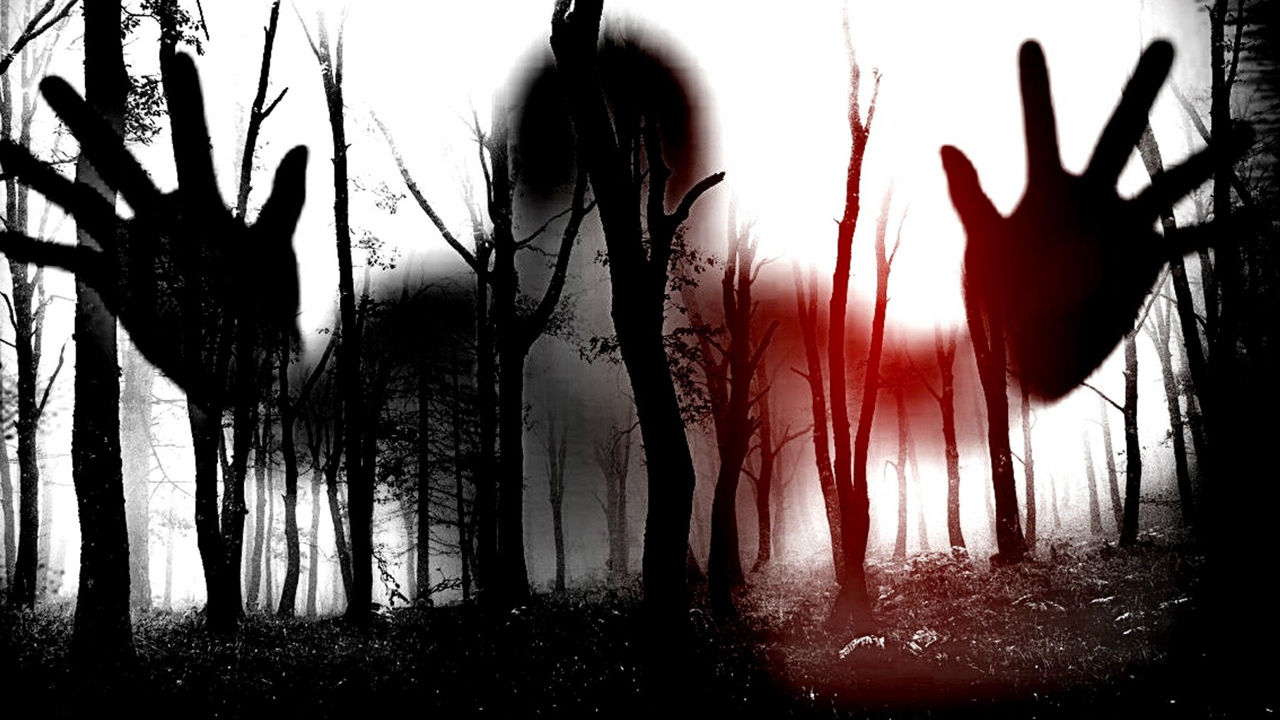
Jung actually used the collective unconscious to explain how phobias arise in both children and adults. Fear of loud noises, darkness, blood Some fears like these may arise from the collective unconscious due to inherited genetic traits. If you look at children, some of them are immediately afraid of the dark, but they have never experienced anything that supports this fear.
Is the collective unconscious real?
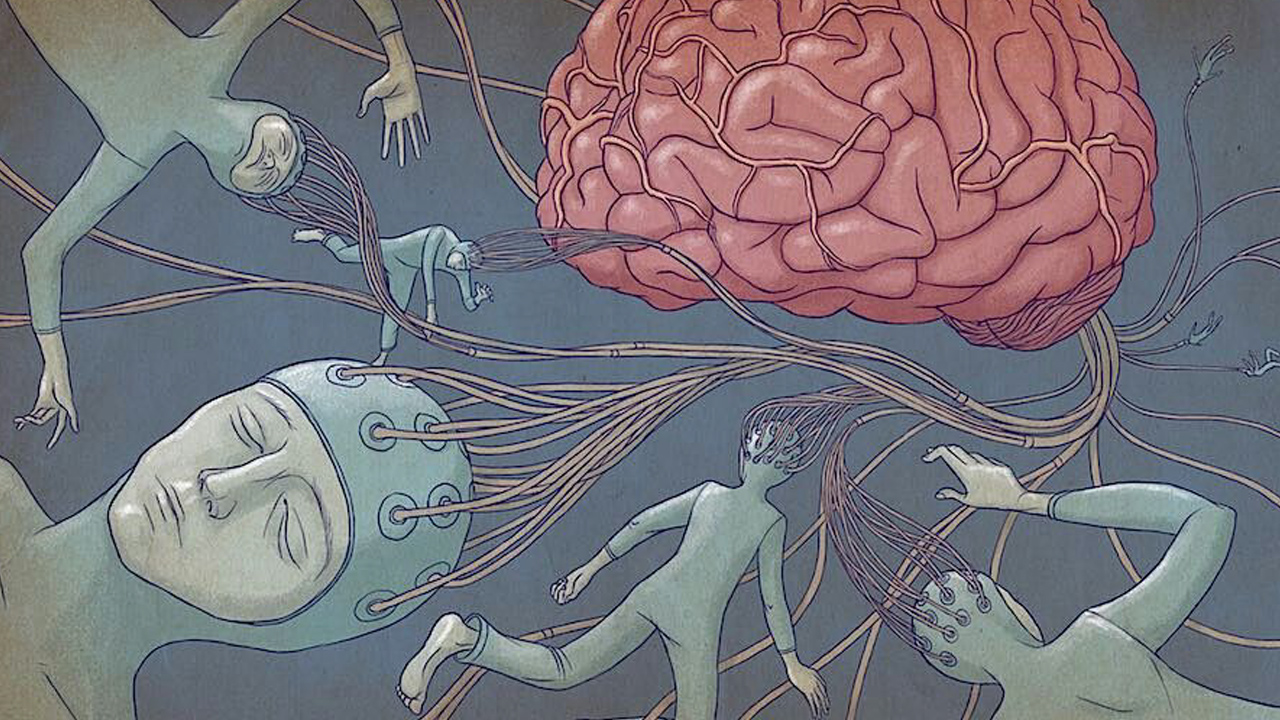
Although there is no scientific evidence that this concept exists, some observations and theories support the idea of the collective unconscious. For example Children are born with certain knowledge and skills It is cited as evidence of the collective unconscious.
Although it has no basis, the collective unconscious quite popular in psychology and the topic remains a subject of study by researchers.
What are your comments on the collective unconscious? Do you think people in different parts of the world can build similar things like pyramids? Babies are born with a sucking reflex, Could the fact that huge stones could be transported centuries ago come from the collective unconscious?
Sources: Meridian University, New World Encyclopedia, Science Direct, Simply Psychology
Our other content that may interest you:
Follow Webtekno on Threads and don’t miss the news







